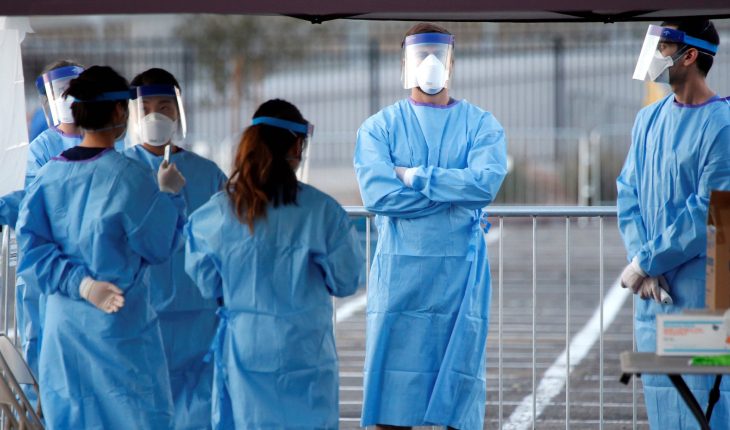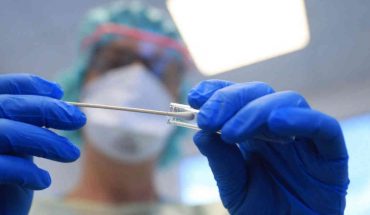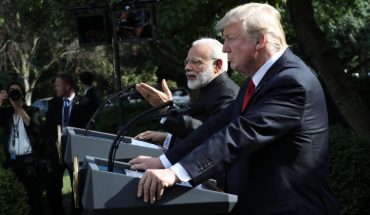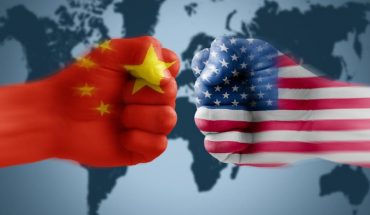Role of Indian Doctors in the US Medical Centers
Indian doctors are playing an important part in medicine all over the world especially in countries like Singapore, Malaysia, East Africa, Great Britain, and North America. It has also been revealed that Indian physicians occupy the largest non-Caucasian section of the United States medical community.
Several records of International Trade clearly show that Indian doctors play an active part in the worldwide medical market and they are the primary players for offering patient care in both urban and rural areas. Every one out of twenty doctors in the United States is physicians from India in the United States. It has been estimated that there are more than 38,000 Indians who are physicians in the United States.
Apart from this, there is another group of 12,000 Indian-Americans and Indians who are resident doctors and medical students in specialty training and teaching in hospitals all over the country. Indians make up approximately 20% of foreign-trained doctors or International Medical Graduates functioning in the United States.
Read More About : Comparative Study: What Went Wrong With America In Containing The Corona Cases?
Challenges faced by Indian Doctors in the US
However, certain new challenges have chances to slow the arrival of Indian doctors. Most say that they are finding hard in obtaining US visas after September 11, 2001, terrorist attacks. Moreover, professional counterattack has challenged immigrants to participate in the profitable American medical establishment.
The president of AAPI (American Association of Physicians of Indian Origin) – Sharad Lakhanpal commented that it is not easy to arrive and work in the United States, however it has become more challenging in recent years. He also works as a clinical professor in Dallas- University of Texas- Southwestern Medical Center.
Besides, there are also several subtle forms of perception. Also, second-generation Indians are experiencing discrimination in submission for fellowships and residencies at teaching hospitals. Some do not want to receive applications.

Rising Demand of Doctor in the United States
These difficulties mostly arrive when the United States medical establishment is headed by the powerful AMA (American Medical Association). But at present, the country experiences vast physical shortages in certain specialties and regions. In the last two decades, the government and AMA appointed Meeting on Graduate Medical Studies have suggested that the United States medical schools should maintain a stable supply of 16,000 new physicians every year, despite the population growth of 24% from 1984 to 2000.
AMA is worried about the potential demand for physicians and suggests that IMGs (International Medical Graduates) can assist in meeting the requirements of an aging and growing population. The committee has even promised to speed up the visa procedures for foreign physicians.
However, young physicians who have obtained their MBBS degrees in India are finding it challenging to move to the US for advanced medicine studies unless they hold or their spouse has a green card which promises them permanent residence. If they do not have the green card, they should be willing to work in areas suggested by the USA government that are medically underserved.
Though there are several challenges, one of the major challenges faced by Indian physicians willing to practice in the US is obtaining a work visa for two to the five-year residency at a teaching hospital or university. Early in the 1960s and 1970s, International Medical Graduates were hired to satisfy the Medicare policy of no-cost medical care for all Americans who are and above 65 years of age. At present, the scenario is completely different. Indians have to return after finishing their advanced studies and training unless they are okay to establish or practice in low income or rural areas.
Ahmed Faheem has commented at a recent superior level AMA meeting that if the country does not simplify the visa requirements, then the demand of physicians would become worse in the country. He also added that IMGs play an important part in regions with shortages.
In most cases, Indian doctors are reserved for filling certain less glamorous medical care jobs in the US. Moreover, they will not have any guarantee to make a reasonable income in the trend of managed care schemes and expensive medical malpractice insurance. Moreover, rural areas have a high requirement for more general physicians than specialists. So, it is challenging for a radiologist or a heart specialist to earn a decent living when he/she works outside major cities.






